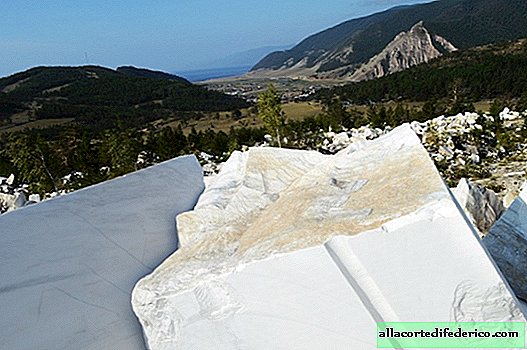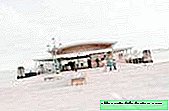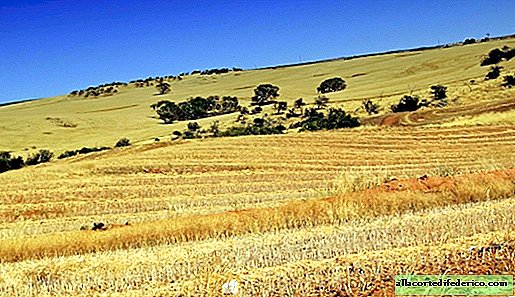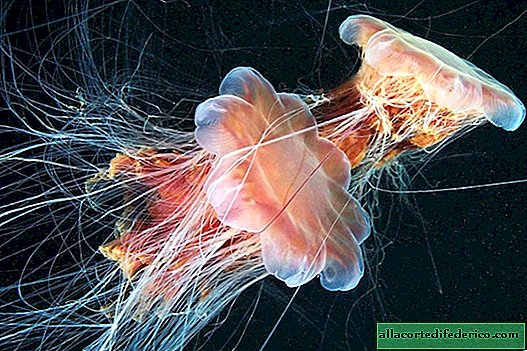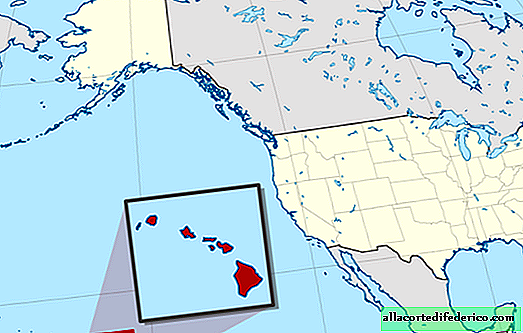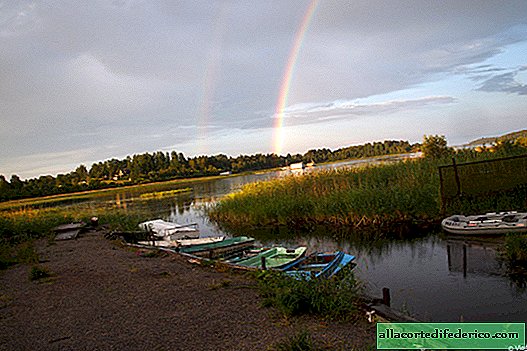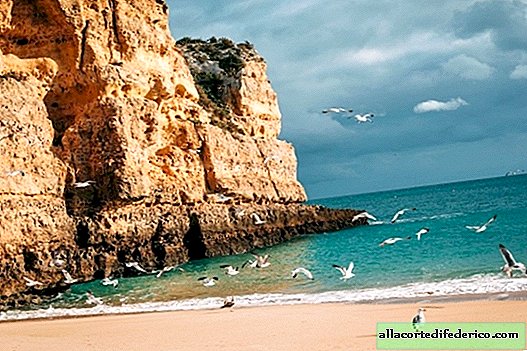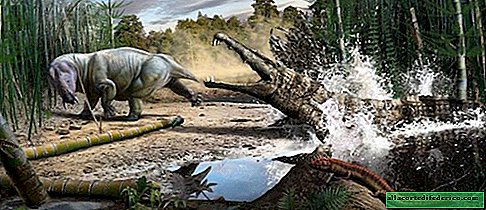Enceladus Budding: Why Saturn’s moon is considered livable
There are several celestial bodies in our solar system that astrophysicists consider to be potentially habitable. That is, the chemicals and conditions found on them allow us to hope that life exists there, even in its simplest manifestation. One of the first places in this list of applicants is Saturn’s satellite called Enceladus. We suggest that you familiarize yourself with what has been found out about this object at the moment, and what signs indirectly testify to the presence of life on the satellite of the gas giant.
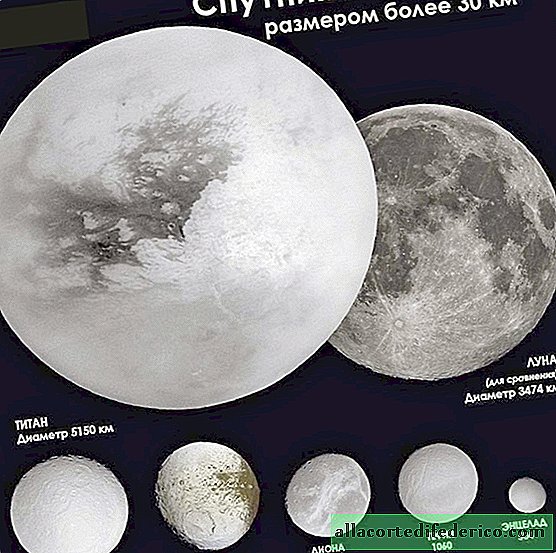 The size of Enceladus in comparison with other satellites of Saturn
The size of Enceladus in comparison with other satellites of SaturnHow to study Enceladus
Enceladus, along with the other 6 major satellites of Saturn, has been known to astronomers since the end of the 18th century. The first interesting information about the surface structure of the satellite was obtained during the operation of the aircraft of the Voyager series.
 Cassini probe
Cassini probeBut most details related to the structure and physical parameters on the surface of Enceladus are known to astrophysicists thanks to the Cassini apparatus launched by NASA. From 2004 to 2017, Cassini was in close proximity to Saturn, collecting information about its rings, as well as about the most interesting satellites, including Titan and Enceladus. Based on the information transmitted by the probe, most of the conclusions regarding the presence of primitive life forms have been made.
The most brilliant object in the solar system
 Enceladus is covered with a layer of ice
Enceladus is covered with a layer of iceThe surface of Enceladus is a huge ice field, occasionally interrupted by craters and cracks. Due to the fact that the satellite is almost completely covered with ice and snow, its surface is highly reflective - Enceladus returns to outer space up to 90% of all sunlight entering its surface. For this reason, the temperature on its surface does not rise above -200ºС. But even considering this fact, scientists believe in potential life on the satellite, and that's why.
Frozen heart under the ice shell
 Geysers of Enceladus
Geysers of EnceladusHydrocarbon cocktail
 A liveable area may be hidden beneath the ice of Enceladus
A liveable area may be hidden beneath the ice of EnceladusA detailed study of the fountains allowed us to conclude that they consist not only of water, but also of other vital elements, such as carbon dioxide, methane and hydrogen. Moreover, it turned out that the water in the ocean of Enceladus in its chemical parameters is very similar to the water on our planet and has an almost neutral pH level. Mineral salts, carbon dioxide and methane, which are necessary for the existence of life, are also dissolved in it. Despite the fact that NASA experts are enthusiastic and continue to actively search for traces of life on Enceladus, a number of skeptics indicate a feedback: the abundance of organic compounds is precisely due to the fact that there is no one to consume them.
 Photo of Enceladus from the Cassini
Photo of Enceladus from the CassiniNote that Enceladus is not the only satellite of the gas giant on which hydrocarbons are found and which is considered a possible carrier of life. Titanium is also of great interest to astrophysicists, and studies of this celestial body can be found in one of our previous materials.

